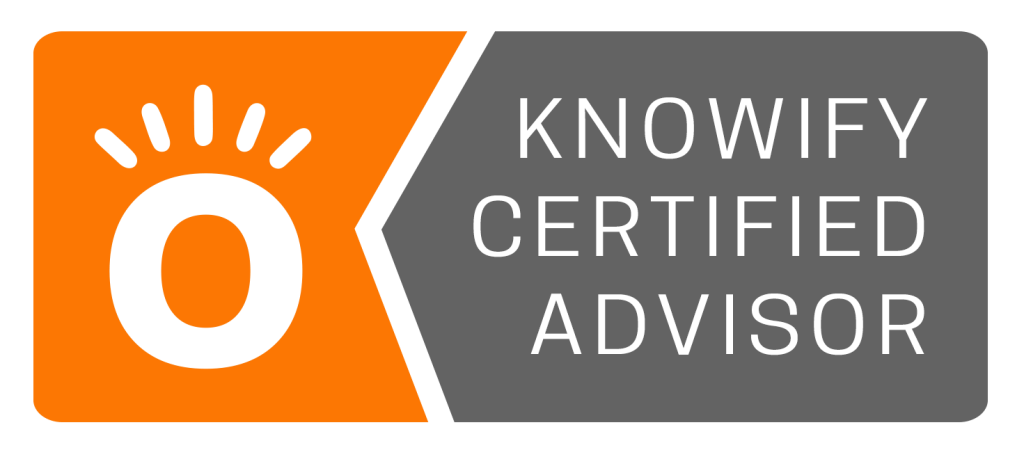As you look ahead to 2025, embarking on the budgeting process is crucial for mapping out your business’s future. Here’s why every business owner should prioritize a detailed budget now:
- Adapt to Market Changes: The economic landscape is continuously evolving, with shifts in consumer behavior, technology advancements, and possible regulatory changes. A well-structured budget allows you to adapt to these changes by allocating resources where they’re most needed to capitalize on emerging opportunities.
- Enhance Financial Resilience: The aftermath of global disruptions has taught us the importance of financial preparedness. By budgeting for 2025, you’re building a buffer against future financial uncertainties, ensuring your business can withstand economic shocks.
- Drive Strategic Investments: 2025 will be a pivotal year for strategic investments. A budget helps you plan these investments carefully, ensuring they align with long-term objectives and do not compromise your cash flow.
- Optimize Operational Efficiency: As businesses grow, so does the complexity of their operations. A budget is vital for enhancing operational efficiency, allowing you to review and streamline costs, improve profit margins, and ensure resources are utilized effectively.
- Prepare for Technological Upgrades: Staying competitive often requires adopting new technologies. Budgeting for 2025 should include potential investments in technology that can enhance productivity or expand your business offerings.
Focusing on these aspects, your 2025 budget becomes a dynamic tool that helps you navigate the future confidently and strategically. Let’s explore key strategies for effective budgeting to position your business for success in 2025.
Analysing past performance to Forecast Future Financial
Before setting your 2025 budget, examine several years’ worth of revenue and expenses to identify trends, cycles, and variances in the numbers.
Analyze how previous budgets have performed in different economic climates and even seasonal fluctuations, and consider what unexpected expenses arose.
Identifying and understanding these patterns will help you forecast more accurately and set a realistic budget that reflects the potential financial landscape 2025.
How to Align Budget with Strategic Plan
Each line item in your budget should directly support one or more of your business’s strategic goals.
Start by clearly defining these strategic goals for the next 12 months.
If, for example, expanding to a new market with an additional office or premises is a key objective for the business, you should allocate budgets for leasehold improvements, commercial leases and agreements, market research, marketing campaigns, and new staff hiring specific to that market.
By linking your budget to your strategic goals, you ensure that financial resources are being used effectively to propel your business forward.
Adopt a Zero-Based Budgeting Approach
Zero-based budgeting (ZBB) can be particularly powerful in environments where cost control is a priority or resources must be redirected to align with new strategic priorities.
With ZBB, every expense must be justified for each new period, as if the budget is being created from scratch. This means evaluating the cost-benefit of each budget item without the influence of prior years’ spending. While ZBB can be more time-consuming, it encourages scrutinizing all expenses and can lead to significant cost savings and more strategic resource allocation.
For example, a company allocates $10,000 annually for marketing expenses based primarily on the previous year’s budget figures. Under zero-based budgeting, the marketing team would need to justify every portion of this $10,000 by demonstrating the expected outcomes and value of each proposed campaign or tool. If the team can only substantiate $8,000 of the expenses as truly beneficial in meeting the year’s strategic goals, the remaining $2,000 could be reallocated to other initiatives, such as product development or customer service improvements that provide higher returns. This method ensures that funds are spent efficiently and are aligned with current business objectives rather than historical spending patterns.
Ensuring Financial Flexibility: Building a Budget Buffer for Growth
While having a detailed budget is critical, incorporating flexibility into your financial planning is equally vital. Setting aside a portion of your budget as an unallocated buffer allows you to manage unexpected costs or capitalize on unforeseen opportunities without jeopardizing your business’s financial health. This flexibility enables you to adapt swiftly to changes, ensuring your business can respond proactively rather than reactively.
Unexpected expenses, such as emergency repair costs for critical equipment, can arise from operational issues or unexpected failures, demanding immediate financial attention that isn’t accounted for in the regular budget. Similarly, market dynamics can shift rapidly, possibly necessitating increased marketing spend to maintain a competitive edge or respond to new local competition through product expansion. These activities often require unforeseen research, design, and marketing investments not initially planned in the budget.
Additionally, emergency repairs and maintenance of critical equipment, regulatory changes requiring new compliance measures, or sudden opportunities for strategic acquisitions might arise unexpectedly. Each scenario can introduce significant unplanned expenses and potential growth opportunities.
By planning for a budget buffer, you equip your business to handle unexpected financial demands smoothly, ensuring operational stability and positioning your business for strategic growth without compromising financial health. This strategic reserve acts as a financial safety net, allowing you to make swift decisions that align with your long-term goals.
Leverage Technology and Tools
Leveraging modern technology and tools is essential for streamlining and enhancing the efficiency of budgeting and financial management processes. Here’s how sophisticated software platforms can transform your approach to budgeting:
- Automated Features and Real-Time Monitoring: Advanced budgeting software can automate routine data entry and integrate seamlessly with existing financial systems to ensure accuracy and save time. With real-time financial monitoring available on cloud-based platforms, you can access up-to-the-minute financial data from anywhere, crucial for swift, informed decision-making.
- Predictive Analytics and Data Visualization: Utilize predictive analytics to forecast future financial scenarios based on historical data, helping you anticipate market trends and potential financial risks. Data visualization tools, such as dashboards and reports, simplify complex data sets into understandable graphs and charts, facilitating more transparent communication and strategic alignment with stakeholders.
- Collaboration and Customization: Modern budgeting tools enhance collaboration with features that allow team members to work together effectively, such as shared dashboards and simultaneous editing capabilities. Ensure that the software you choose is customizable and scalable to adapt to your business’s evolving needs, supporting growth without needing a system overhaul.
- Security and Compliance: Prioritize software that offers robust security measures, such as data encryption and secure access controls, to ensure compliance with financial regulations and protect your data from unauthorized access.
By adopting budgeting software that combines these capabilities, you can focus more on strategic financial planning and less on the minutiae of data management, positioning your business for successful, data-driven decision-making.
Engage All Levels of the Organization
Your role as a business owner is to ensure the budget reflects an accurate and comprehensive view of your business. You should gather detailed insights from those who manage other aspects of the business to understand each department’s needs. This bottom-up approach fosters a sense of ownership and accountability across the organization, encouraging teams to stick to the budget and align with overall business goals.
Regular Review and Adjustment
Treat your budget as a living document that evolves. Lock in quarterly check-ins with the management team to compare actual spend against the budget. These reviews can help you identify where and why the budget may be off track, allowing for timely adjustments.
Regular monitoring also keeps financial goals top of mind throughout the organization, reinforcing the importance of budget discipline and strategic financial management.
Empowering Your Business Through Strategic Budgeting
As you prepare your budget for 2025, strategic budgeting sets your business up for sustainable success and prepares for any upcoming, unforeseen liabilities or opportunities. With the right practices in place, you can transform your budget from a static document into a dynamic tool that actively guides your business through the complexities of the market landscape, giving you a sense of confidence and control.
At Notion CFO & Advisors, we understand the challenges and opportunities that come with preparing for a new fiscal year. Our comprehensive range of services, including CFO services, financial reporting, outsourced accounting, and cash flow forecasting, are designed to provide the support and insights you need to refine your budgeting practices.
Invest in your future success by incorporating strategic budgeting practices with Notion CFO & Advisors. Contact us today to learn more about how our services can transform your 2025.







